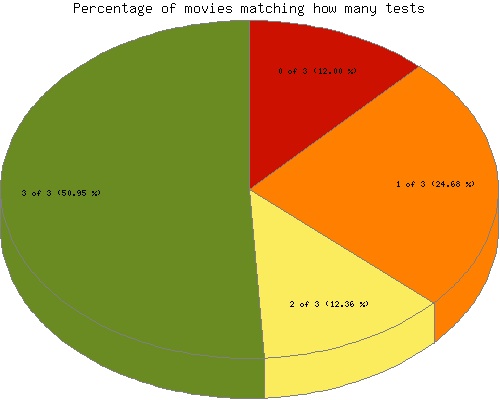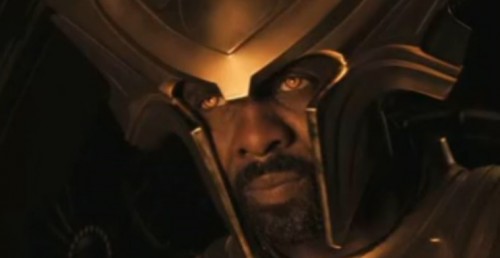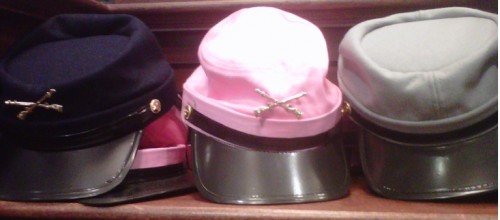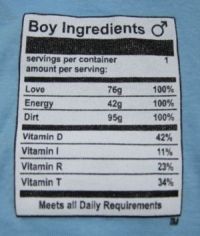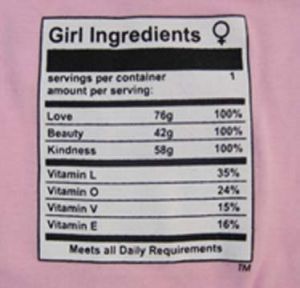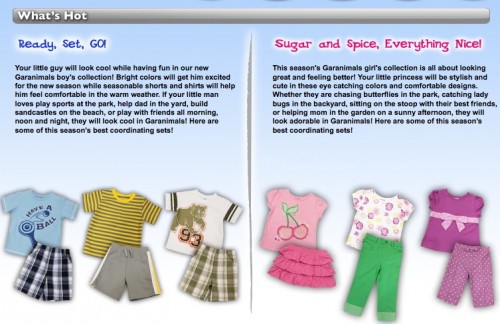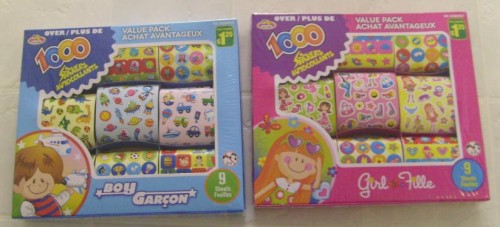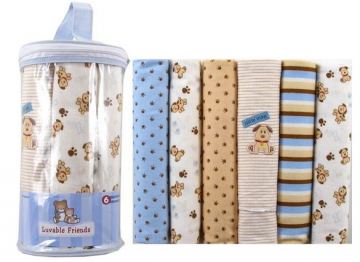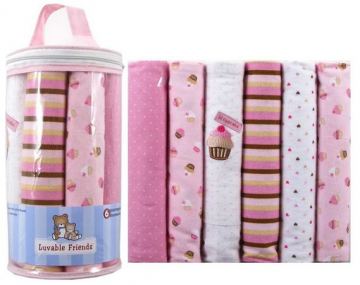This month’s celebrity gossip included a scandal over a photo Serena Williams tweeted of herself that was quickly taken down. The photo was of Williams in a bra and panties behind what appears to be a curtain; you can see her silhouette and some fuzzy details of what she is wearing. It was timed to correlate with the release of the World Tennis Association’s Strong is Beautiful campaign, featuring Williams of course.
Williams took the photo down because of criticism. A man had recently been arrested on charges of stalking her and the image, critics claimed, was exactly the kind of thing that triggered men to stalk her. She shouldn’t encourage the creeps, said the blogosphere. Sports columnist Greg Couch, for example, called her a hypocrite for daring to release such a photo and still wishing to avoid being stalked, and then went on to discuss her appearance and clothing choices at length.
Of course, selling one’s own sex appeal is more or less required for any female athlete who wants to reach the pinnacle of her career without being called a “dog” and a “dyke” at every turn. So Williams isn’t breaking the rules, she’s playing the game. And, yet, when she plays the game she gets, in return, not only stalkers, but criticism that suggests that, were she to be stalked again, she was asking for it. This is an excellent example of the ugly truth about the patriarchal bargain.
A patriarchal bargain is a decision to accept gender rules that disadvantage women in exchange for whatever power one can wrest from the system. It is an individual strategy designed to manipulate the system to one’s best advantage, but one that leaves the system itself intact. Williams is making a patriarchal bargain, exchanging her sex appeal for the heightened degree of fame and greater earning power we give to women who play by these rules (e.g., Kim Kardashian). Don’t be too quick to judge; nearly 100% of women do this to some degree.
But once women appear to have acquiesced to the idea that their bodies are public property, their bodies are treated as public property. Others, then, feel that they have the right to comment on, evaluate, and even control their bodies. Williams made her body public, the logic goes, therefore anything that happens to it is her fault. This is why the bargain is patriarchal. Williams will be excoriated for her unwillingness to defer to the male gaze if she refuses to trade on her sex appeal. But if she does make this trade, she’ll be the first against the wall if anything bad happens to her.
Lisa Wade, PhD is an Associate Professor at Tulane University. She is the author of American Hookup, a book about college sexual culture; a textbook about gender; and a forthcoming introductory text: Terrible Magnificent Sociology. You can follow her on Twitter and Instagram.









